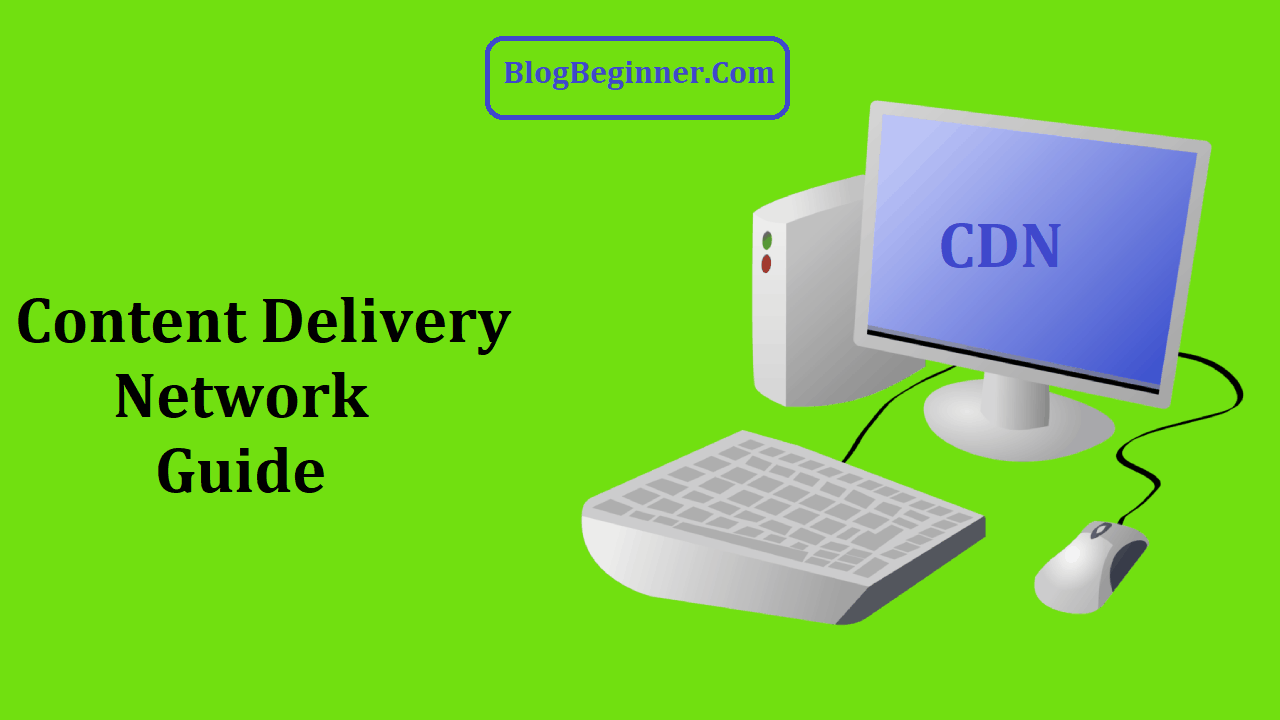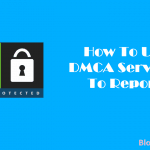CDN, better known as a content delivery network refers to a network made of edge servers. These servers are strategically placed globally to deliver digital content to users searching for digital content, as fast as possible.
In simple terms, here is what we mean: when you type in a request on a search engine such as Google, this request is routed to the CDN edge server closest to you.
By routing requests to the closest edge server, latency is reduced significantly.
Therefore, the content delivery network allows all internet users to access fast-loading content, their geographical location notwithstanding, improving users’ experiences significantly.
According to a study on the use of CDN, a study conducted by BuiltWith, up to 66 percent of leading 10,000 websites were, by November 2018, using a CDN.
The increase in the use of CDN has largely been brought about by the fast and large growth of the digital content consumption over the past 10 years, globally, as well the increased expectation by users.
The use of CDN is seen as an effective way of increasing content delivery, content performance, and reliability. These facts are upheld by a recent study by the University of Nebraska.
The study showed that the tolerable content loading time (waiting time) for internet users is only 2 seconds. Therefore, the use of CDN is invaluable.
Before we look at the main reason why you need the best CDN, an understanding of the CDN infrastructure is important.
Contents In Page
CDN infrastructure/ architecture
At its highest level, the CDN architecture has two main components – the edge servers and the points of presence. But beyond these two, there are several other components which allow for the proper routing of traffic. The other components also ensure timely mitigation of attacks and the maintenance of uptime continuously.
A point of presence (POP) refers to the single geographical location that a group of CDN edge servers resides while points of presence (POPs) refer to the multiple locations which make a network when combined. The number of POPs that makeup on CDN/ each location will have a huge global coverage.
An edge server refers to the server located between two CDN networks and is located in every POP. The server is simply a proxy cache which works in the same way as your browser’s cache. While the edge server does not generate content for websites, it keeps copies of web content in its cache. When it comes to the number of edge servers located in every POP, they vary depending on CDN providers.
Also worth mentioning is the fact that the dispersion of POPs varies from one CDN to another with some providers showing preference to the use of small-capacity servers to cover more ground, while other prefer few high-capacity POPs. So, before you sign up for CDN services, you should check out the location of the POPs.
How do CDNs work?
Without a CDN, internet users searching for content will have all the content requested delivered by one server, from one location regardless of the location of the content request.
Unfortunately, the content delivery time will be affected by the physical location between the person requesting the information and the origin server responding.
But, when using a CDN, the content requested is delivered to users by the closest POP to the user. The shortened distance between the requester and the edge server means super-fast delivery times.
Unlike web hosting, CDNs ensure the distribution of content from multi-host environments, decreased download times, and fast access to content.
Below is a comprehensive look at why you need CDNs
Reasons why you need a CDN
As mentioned above, top websites use CDN to encourage the fast delivery of content to their users. The main reason for this is that the CDNs ensure the delivery of content in milliseconds.
But, speed aside, there is the fact that web pages are increasing in size as the internet grows fast and the media becomes more and more a part of our daily lives.
Don’t believe us?
Well, it is reported that the average size of a web page has increased from 2010’s 702kb to 2016’s 2409kb. With such an increase in web pages and web components, it makes sense to have CDNs.
1. The traditional web hosts are unreliable
The traditional web hosts might try to bring content close to you fast, but they cannot match CDN servers which employ multiple edge servers to enhance the access to content.
The edge servers surpass computing resources of the traditional web hosts to ensure the delivery of rich and the best-quality multi-media content.
As a result, CDNs are now largely responsible for most of the load on most websites resulting in savings to web hosts.
2. CDN equals Reduced latency and improved performance
Like we mentioned above, the use of CDNs shortens the distance between the origin edge servers and internet users resulting in a fast content loading, and reduced latency.
And according to a Google engineer, the use of CDN allows them to terminate connections closer to its users, reducing the costs associated with TCP and the TLS handshakes. The use of CDN decreases load times and latency by up to 50 percent.
3. It is affordable
Contrary to popular belief, the use of CDN is super affordable. The affordability is particularly true when your website attracts a lot of traffic by being a resource base.
In this case, the use of CDN is a great investment. There is also the fact that the use of CDN means a reduction in the cost of the bandwidth you use.
4. CDN is good for SEO
When it comes down to technical search engine optimization or technical SEO, page speed is a crucial ranking factor. And most of the search engines include their page loading speeds into the formulas they use to calculate page ranks.
There’s also the fact that Google adores fast-loading websites and has, as a result, made website speed one of its ranking factors.
Therefore, you should consider accelerating your website’s loading speeds to improve your page rankings.
Besides page speed, CDN also adds to the enhancement of your SEO tactics in the images field.
By optimizing your website to load images faster through the use of CDN, you increase the frequency with which Google crawls images from your site, turning them into easily available images that are indexed by Google.
So, if you have been searching for the easiest SEO strategy that will put you in Google’s good books, you should consider using CDN.
You could check your page loading speeds by using a speed test tool. Your pages need to have a maximum loading speed of 2 seconds.
5. Improved conversion rates
Naturally, the fast loading speeds will ensure that visitors to your site find what they are looking for fast, resulting in higher conversion rates.
People are always looking for the best experience on the internet and boosting your website’s loading speeds is one of the most effective ways of keeping your visitors happy.
If you don’t believe us, LoadStorm notes that 74 percent of visitors will leave a page if it takes more than 5 seconds to load!
6. Scalability & Better Handle of Traffic Spikes
It’s not every day that your website receives traffic spikes, but you want to be ready for one or ten.
Since a traffic spike with when working with a web host without the necessary resources could mean the loss of data and crippling of your business, you need to invest in the best CDN.
CDN saves you money by keeping you online for as long as possible. With most websites using static content cached in edge servers, the use of a CDN will take off a huge load off the origin edge server, reducing downtime.
The origin edge server does not work too hard thanks to resource distribution through a content distribution network.
So, if you are looking for a scalable website solution that reduces downtime, go the CDN way.
7. It’s reliable
Frustrated with your web hosts high downtime and your website going down all the time?
Why not introduce CDN in the mix.
CDN’s architecture allows reliability thanks to CDN requests sent to your website being routed to the POP that is nearest to requesters.
So, if one POP is down, the request is routed to the next available POP, creating redundancy while ensuring more uptime and the best web experience.
8. Improved DDoS Attacks Protection and Great Security
CDN is more than ensuring fast content delivery. It could offer an extra layer of security by saving more than half the traffic to your site at the CDN providers.
The providers mitigate DDoS attacks on their edge servers by following some of the most powerful protocols.
There also are advanced CDN security features like SSL or Secure token which encrypt all data shared between CDN’s edge servers and origin servers.
The secure tokens offered by some CDN providers generate secure links that come with expiration links. With these links, people cannot access content when the tokens expire.
9. Seamless integration
Yes, you can deploy CDN on just about any platform from Joomla, Drupal, and WordPress.
And, there you have it – the use of CDN will benefit your business in every possible way from increasing sales to making your site well optimized for SEO.








